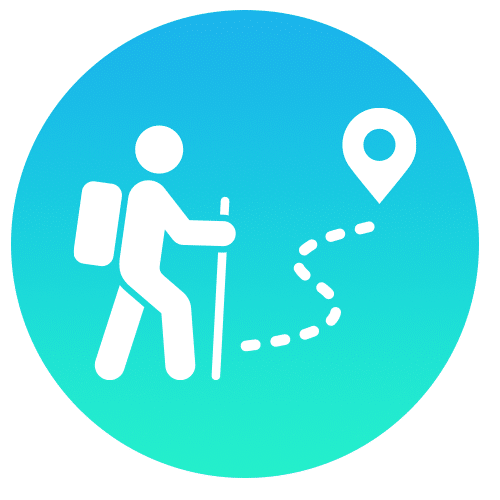ICF-Approved,
Neuroscience-Based
Coaching Programs
ICF-Approved Coach Training Programs Designed to Change Minds, For Good.





Coaching With a Neuroscience Focus
The Academies is on a mission to “Change Minds, for Good” through our neuroscience-based, ICF-approved coaching programs. We understand how important an ICF-accredited coaching certification is for advancing a coaching career. That’s why we offer comprehensive, brain-friendly courses thoughtfully designed to equip you with the knowledge, guidance, skills, and strategies you need to empower yourself and your clients in order to achieve successful outcomes.
Our coach training courses are rooted in neuroscience using evidence-based methods. Our foundational and advanced courses emphasize connection, collaboration, communication, critical thinking, psychological safety, and leadership development — all of which are essential components of effective coaching.
Learn about our courses below and connect with an ICF-credentialed member of our team to explore your curiosities, questions, and concerns!
Looking to Register a Group? We offer courses for individuals as well as private cohorts for organizations wanting to register multiple people in a private coaching course. Organizations who employ a coach approach experience increased employee retention and satisfaction and up to 7x ROI on their initial investment. If you are looking to implement coaching skills across your organization, contact us today to explore how coach training can address your current needs and challenges.
The Academies ICF-Approved Coaching Courses
Career
Roughly half the workforce doesn’t love their job — you can help people take charge of their careers and find the clarity to move forward.
Fundamentals
A shorter, more affordable course geared towards Career Centers in MBA, University, and Grad School settings. Help students take control over their careers.
Leadership
Now, more than ever, the world needs leaders who can bring people together and create meaningful change. You can influence that.
Resistance
We all encounter clients who resist change. Help shift their perspective to a more curious, open, and non-judgemental approach.


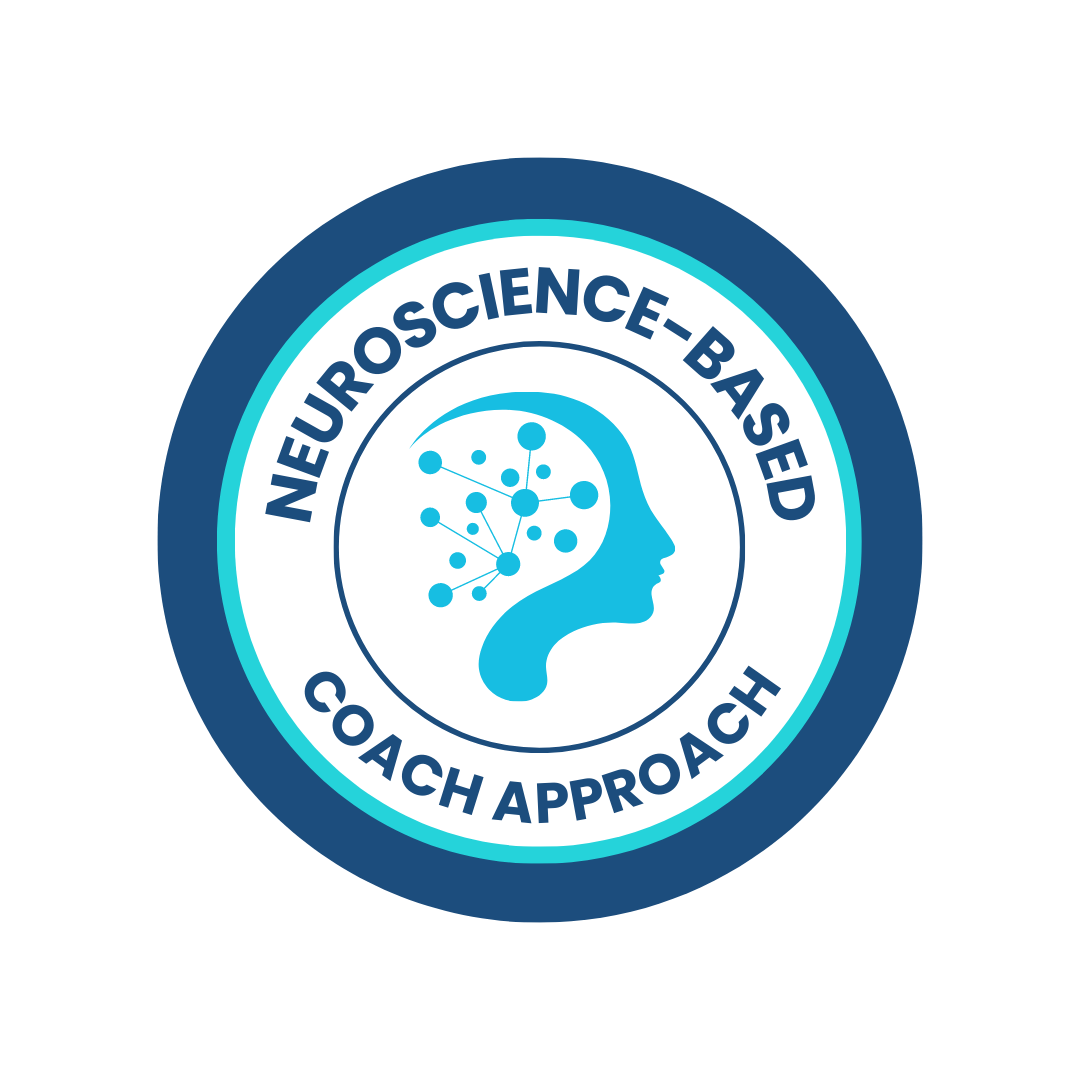


Why Choose Our Brain-Friendly Coach Training Programs?
In our mission to “Change Minds, for Good,” we’ve been training coaches for 25+ years, and we’ve spent the better part of our last 15 years gobbling up the latest research on neuroscience to create our brain-friendly Red Zone | Blue Zone Model, the foundation of our coaching courses.
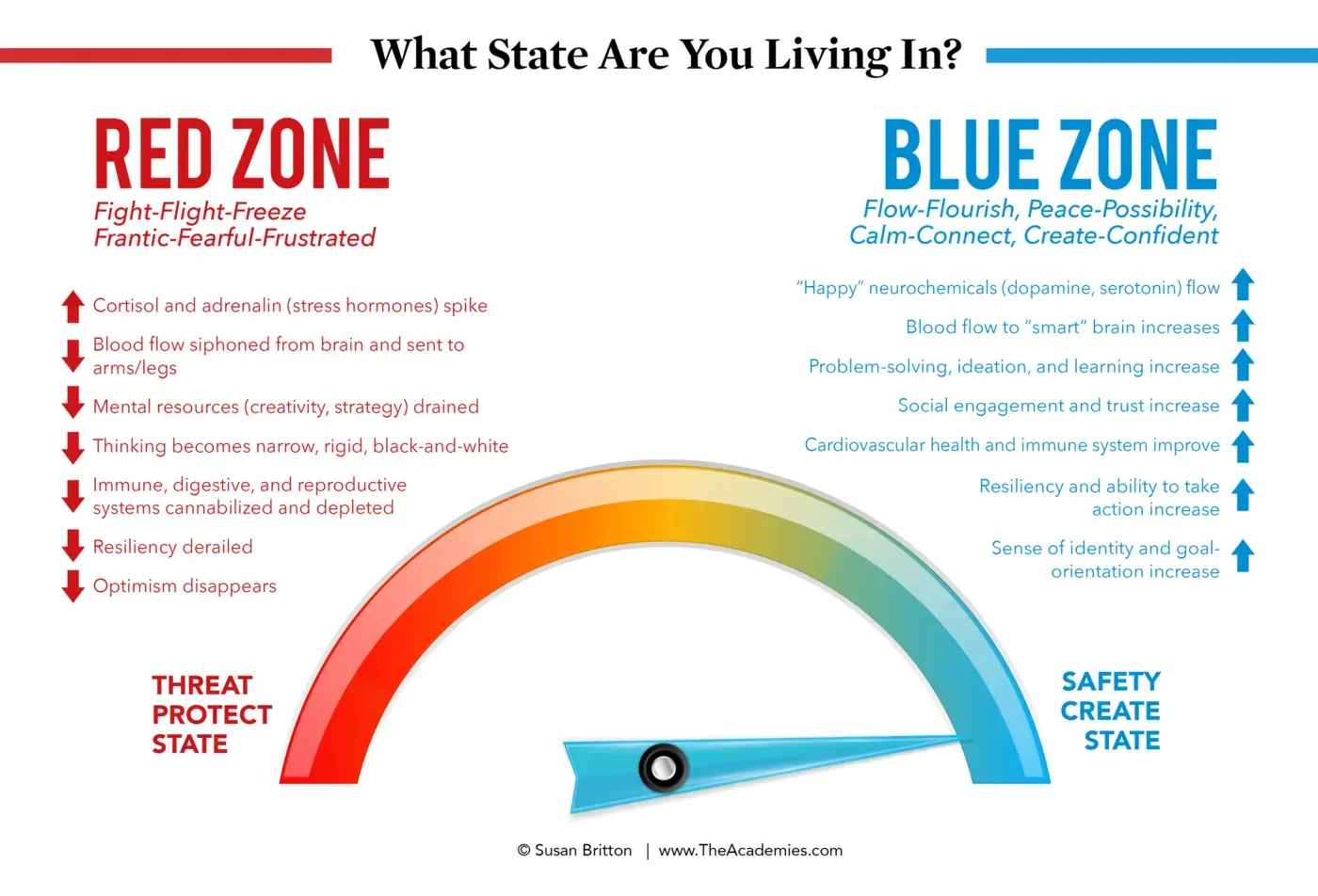
We believe respectful relationships and authentic conversations are the incubators for insight, action, and lasting change. We believe that every brain is wired for growth and capable of choosing well. We stand for growing our individual and collective capacity to feel good, think good, encounter good, and create good. If this resonates with you, you’re in the right place. With that being said, connection is one of our core values, which is why we invite you to get to know more about The Academies and meet our world-class instructors.
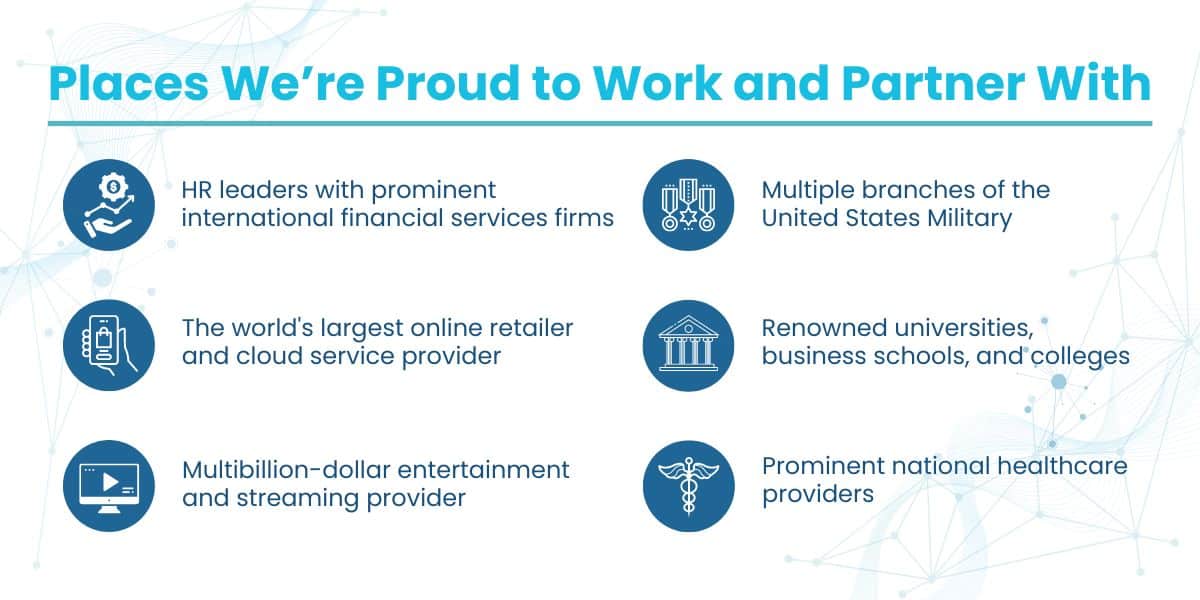
Are You Ready to Change Minds For Good? Get Started Today!
At The Academies, we recognize all you’re bringing to this process, and we want you to find a program that aligns with your goals and aspirations, all while giving you a meaningful return on your investment of time, resources, and commitment. If you’re ready to start changing minds for good by becoming a certified coach, we would be honored to partner with you in your journey. Connect with us today and discover if The Academies is the right fit for you!
Connect with Us

matthew@theacademies.com

leigh@theacademies.com
Or complete this form and we’ll
get back to you shortly
Encourage Your Brain!
Sign up to receive brain-friendly tips, course updates, and words of encouragement from our founder, Susan Britton, guaranteed to make you feel better and naturally increase your dopamine levels.




